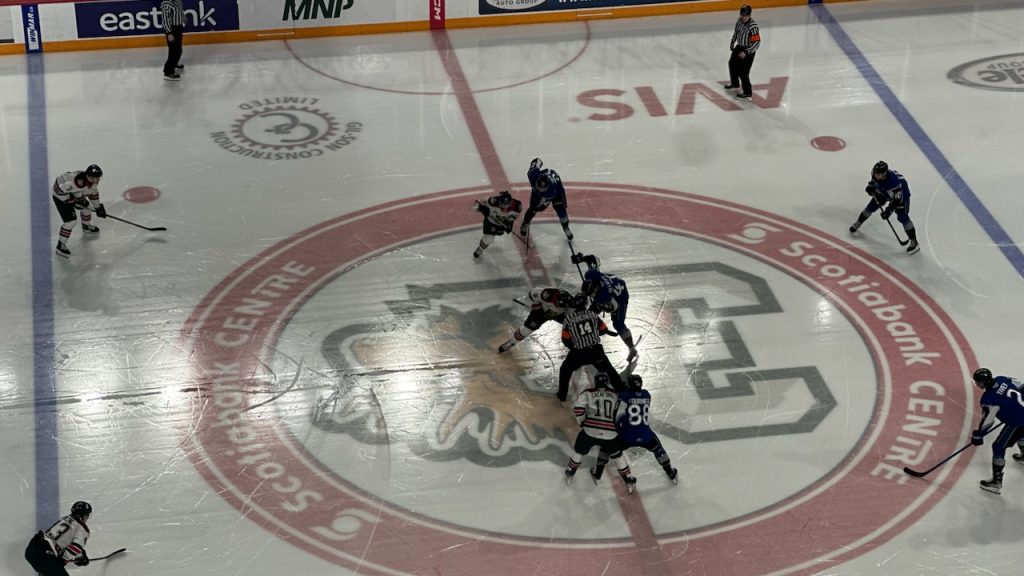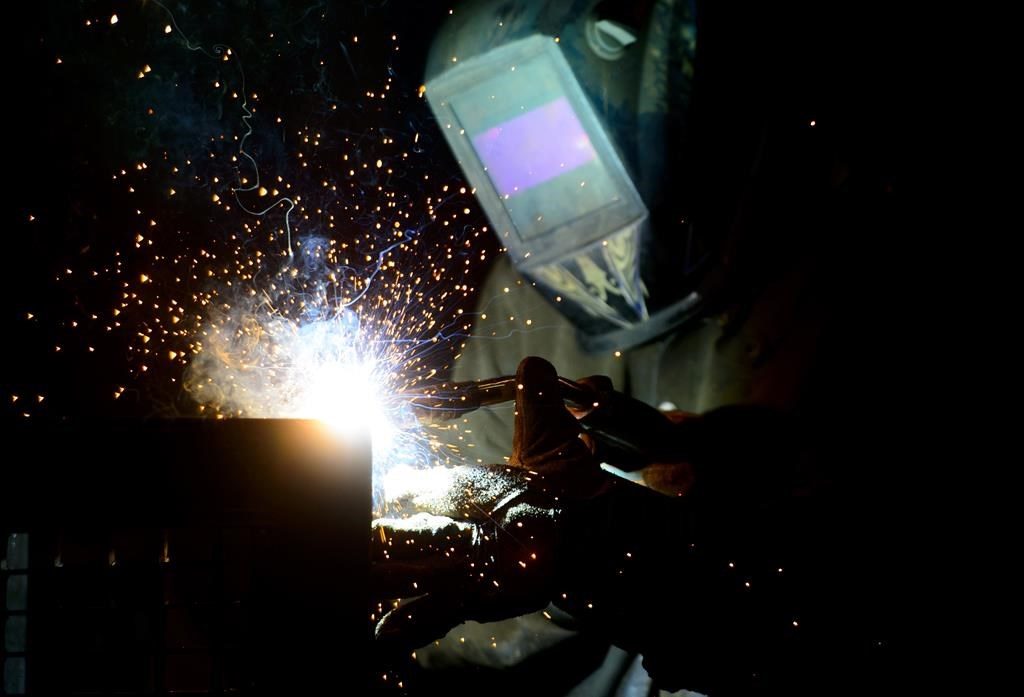RCMP eyes fleet of mini-helicopters to give probes a lift across Canada
Posted Jul 16, 2012 05:58:15 PM.
This article is more than 5 years old.
OTTAWA – They may be better known for riding horses, but the Mounties are trading the clack of hoofs for the whir of rotors with their newest investigative tool.
The RCMP is eyeing creation of a national fleet of small, drone-like helicopters fitted with cameras to help probe crimes, reconstruct traffic accidents and assist with search and rescue.
The unmanned aerial machines — which look like dragonflies with spinning rotors on top — have been used since late 2010 on a trial basis by officers in British Columbia and Saskatchewan.
A platform at the bottom of the vehicle holds a remote-controlled camera. A pilot on the ground operates the craft and takes photos using special goggles that visualize what the camera sees. A second Mountie serves as observer, scanning the flight path for power lines and other hazards.
Each pilot must have a special flight operation certificate from Transport Canada.
The aircraft have proven useful for taking high-quality aerial photos and video of accident scenes, observing unfolding emergencies, and helping with major crime investigations, says the RCMP.
A unit tested in British Columbia, the Draganflyer X6 — made by a Saskatoon company — weighs only a kilogram and is less than a metre wide. The craft and accessories cost about $33,000.
Under the federal flight certificate, it is allowed to climb to a height of 175 feet during the day, 100 feet at night.
The same model has also been used by some Canadian and U.S municipal police services, as well as the Ontario Provincial Police.
The RCMP says the images taken with the tiny aircraft are useful for creating two- or three-dimensional representations of collision scenes. In the past, the force had to borrow one of its full-sized traffic helicopters, leading to added expense and delays.
The RCMP currently has about a dozen of the machines from various manufacturers in operation across the country.
Use of unmanned aerial vehicles by authorities in the United States has stirred controversy over possible privacy violations.
The RCMP says their eyes in the sky are not being used for general surveillance of people or vehicles.
The police force is now examining use of the aircraft “from a national perspective,” said Sgt. Julie Gagnon, an RCMP spokeswoman. The RCMP will develop technical specifications, national policy, training standards and, if necessary, privacy requirements, she added.
Gagnon said the RCMP is still in the “initial stages” of considering use of the aircraft, and it is still too early to determine how many the force may purchase in future.










